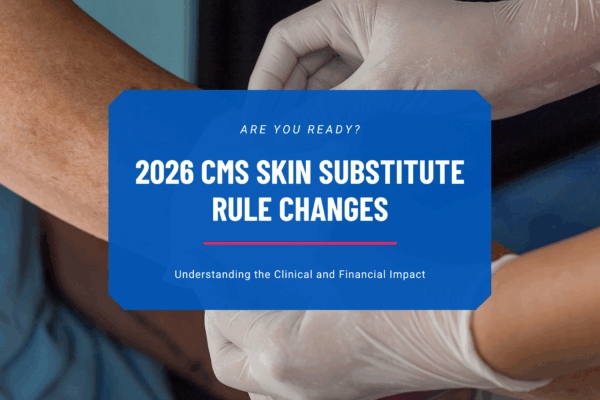This poster was featured at SAWC Spring 2025 in Grapevine, Texas.
Authors: Heba Tallah Mohammed, Robert D. J. Fraser, Sheila Wang, Amy Cassata, Justin Allport
Wound assessment relies heavily on a clinicians’ ability to classify different tissue types within the wound bed, which can be inconsistent due to knowledge gaps, visual perception limitation and variations in skin tones. To compare clinicians’ subjective assessment and classification of wound tissue types with those generated by AI-WCT, this observational study surveyed wound care clinicians of varying expertise.
Key observations include:
- Clinicians frequently identified the presence of eschar when it was not predicted by the AI, overestimating its occurrence in wounds.
- Clinicians reviewing the same images showed variations up to 36% (slough) when estimating tissue types, raising questions about subjective data reliability for wound prognosis.
- Epithelialization, a crucial indicator of wound healing progress often characterized by subtle color changes in the wound bed, was consistently underestimated by clinicians – particularly in darker skin tones.
To learn more about the research conducted for this poster, or to speak with the Swift Medical team about digital wound care, contact us.





